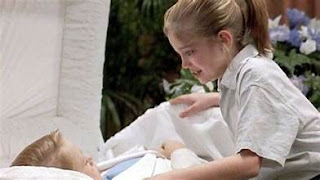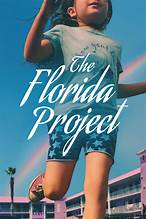Final Task: Genre Research - Drama Genre
Genre Researched - Drama Genre
Camera Angles, Movement, Shots (CAMS):
- Camera Angles: Wide shots capturing the grandeur of settings, close-ups on characters during emotional scenes, and occasional Dutch angles to signify tension or conflict.
- Movement: Smooth and deliberate camera movements, often tracking or panning to follow characters' actions and emotions.
- Shots: Long takes to build intensity, establishing shots to set the scene, and reaction shots to emphasize character emotions.
- Costumes: Reflective of characters' emotional states or social statuses, enhancing their personalities and the era in which the drama is set.
- Lighting: Subtle lighting changes to emphasize mood shifts, with chiaroscuro for intense moments and softer lighting for tender scenes.
- Acting: Emotionally charged performances, conveying depth and complexity in characters' struggles and relationships.
- Makeup and Props: Used sparingly but purposefully to reflect character traits or symbolic elements.
- Props: Meaningful objects or settings that signify a character's journey or pivotal moments.
- Setting: Detailed and immersive environments that contribute to the storyline and character development.
- Score: An emotionally evocative score that heightens the drama's intensity, featuring poignant melodies during pivotal scenes.
- Dialogue: Meaningful and impactful conversations that drive the story forward, creating depth in character interactions.
- Ambient Sound: Natural sounds that enhance the atmosphere and immerse the audience in the drama's world.
- The Shawshank Redemption
- A Beautiful Mind
- The Godfather
- Emotionally charged performances that deeply connect the audience with the characters.
- Visually stunning scenes and detailed settings that enhance storytelling.
- The use of music and sound to evoke powerful emotions.
- Overly dramatic or contrived moments that feel forced.
- Poorly executed or distracting cinematography that detracts from the narrative.
- Dialogue that feels unnatural or cliché, hindering the authenticity of the drama.



Comments
Post a Comment